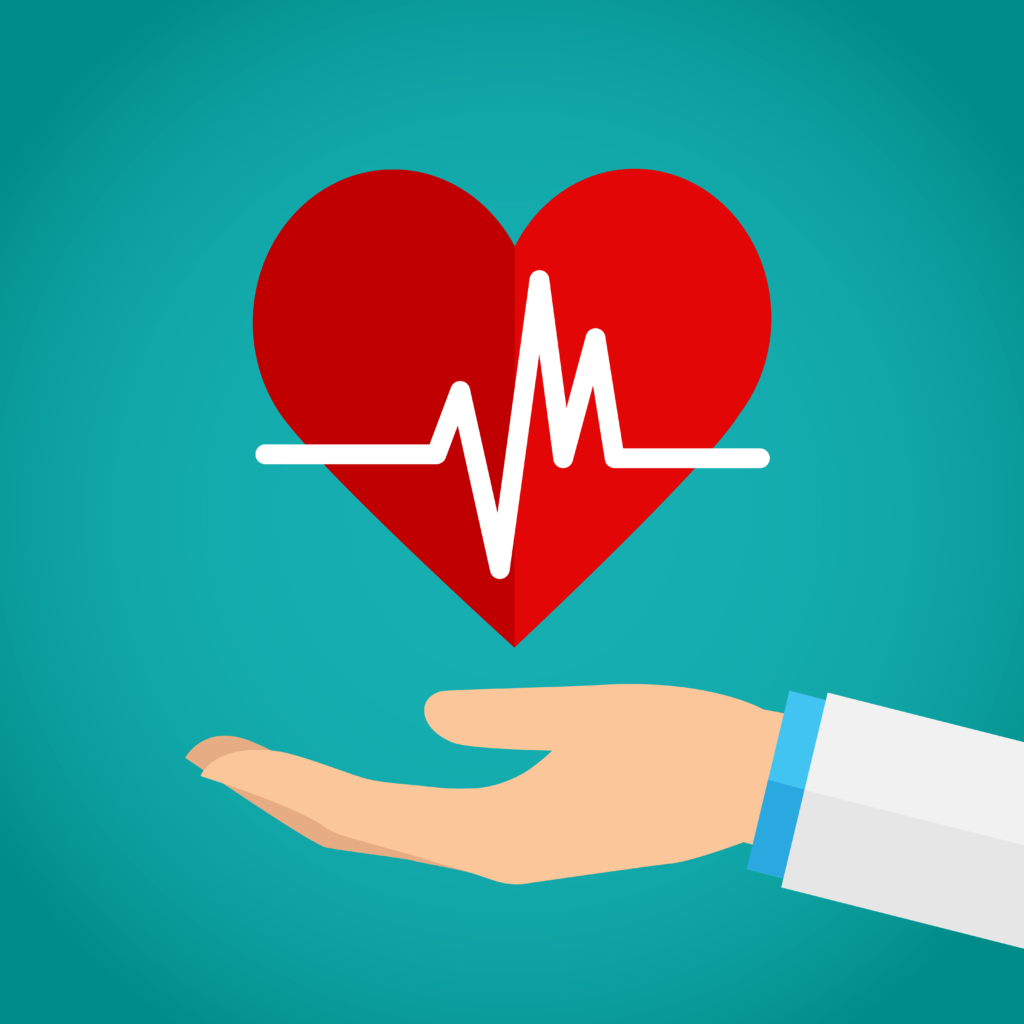A heart attack is a severe medical emergency. Immediate care is necessary if someone is having symptoms that could indicate a heart attack.
What Is Heart Attack?
Also known as myocardial infarctions, a heart attack occurs when part of the heart muscle does not receive enough blood due to a blockage. Over time, a build-up of fats, cholesterol and other substances will form a blockage (plaque) which can narrow arteries. It eventually leads to Coronary Artery Disease (CAD), which is the leading cause of heart attack in Australia.
Another less common cause is severe spasm or sudden contraction of the artery that stops the blood supply to the heart muscle.
The interrupted blood flow can cause damage by not being able to nourish the heart with oxygen. Lack of oxygen can damage or destroy part of the heart muscle. Without immediate treatment to restore blood flow, the more significant the damage to the heart.
Early Signs Of A Heart Attack
Symptoms of a heart attack in women are mostly different than they are in men. Below are the signs and symptoms common in both genders:
- Chain Pain And Discomfort
A person will experience discomfort that usually lasts for more than a few minutes. Chest pain may also go away and come back. The discomfort is similar to having pressure on the chest, squeezing, or feeling of fullness or pain at the centre of the chest.
- Discomfort In Other Areas Of The Body
Expect a feeling of discomfort in the upper body area, including the neck, back, stomach, jaw, or in one or both arms.
- Difficulty Breathing
Shortness of breath may occur shortly with chest pain and discomfort.
- Breaking Out In Cold Sweats
Waking up having cold sweats, vomiting, or feeling nauseous may be a sign of a silent heart attack.
- Nausea Or Light-headedness
A person may feel dizzy or feel like passing out.
Do not wait to get help if someone starts experiencing any of these warning signals of a heart attack. Some attacks are sudden and intense but, in most cases, it starts slowly with only mild pain or discomfort. Pay attention to these silent symptoms and call triple zero 000 if you suspect a heart attack.
What To Do If Someone Has A Heart Attack?
The first thing to do is call for emergency medical help if someone suddenly passes out and you believe they are having a heart attack. Proceed with checking the person’s breathing and pulse. If neither is present, only then begin CPR.
Push hard and fast on the person’s chest in a rapid rhythm of 100 to 120 compressions per minute. For non-trained bystanders, experts recommend performing chest compressions only. For CPR trained individuals, perform rescue breathing to open the airway.
Assist the person in sitting or lying down while waiting for the ambulance to arrive. Loosen any tight clothing and remove restrictive jewellery.
Stay calm. Anxiety only increases the heart’s need for oxygen which makes the condition worse. Take some deep breathes and remind the person that help is on its way. Do not wait to call 000 until symptoms go away. Every minute of delay in treatment increases the chance of permanent heart damage and death.
Conclusion
Being aware of the signs of heart attack is essential, especially the silent ones. Do not hesitate to call emergency services if someone is experiencing one or all symptoms. While this does not always mean having an attack, it is best to be cautious. The chances of survival are higher with early and effective first aid treatment.
While there are risk factors that are genetic and out of control, there are some steps to take to keep the heart healthy. These include incorporating a healthy lifestyle, avoiding vices (smoking and alcohol, and providing first aid).
Lower your risk of heart attacks by learning first aid before the appearance of any symptoms.








